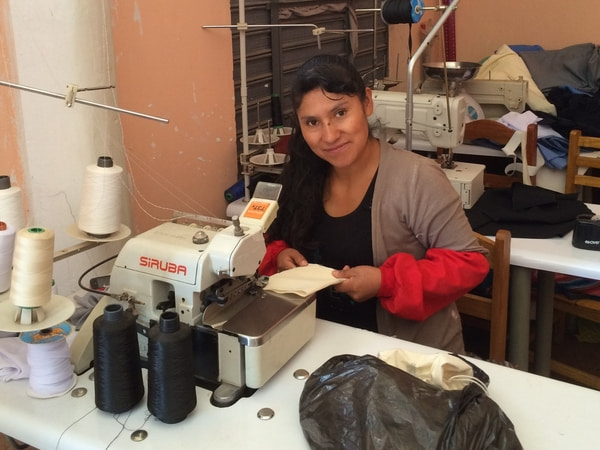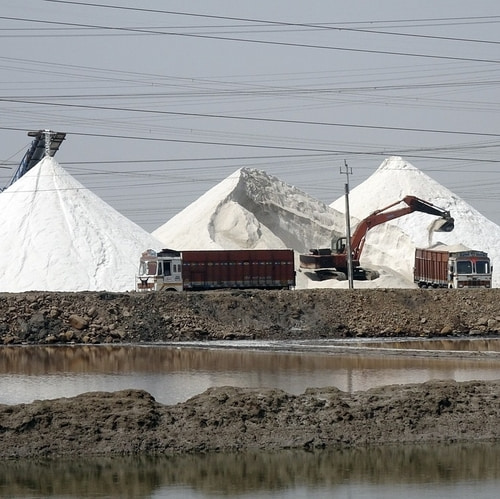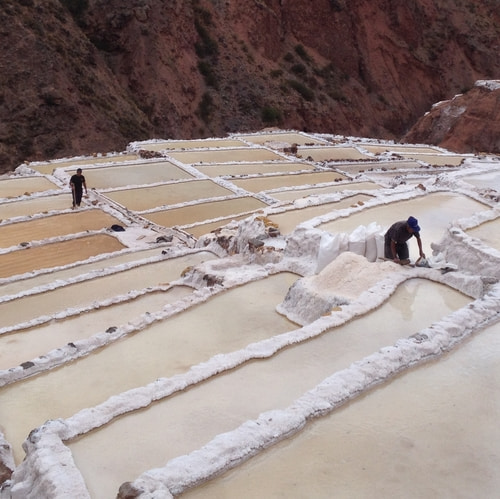The Journey from the Andes to You
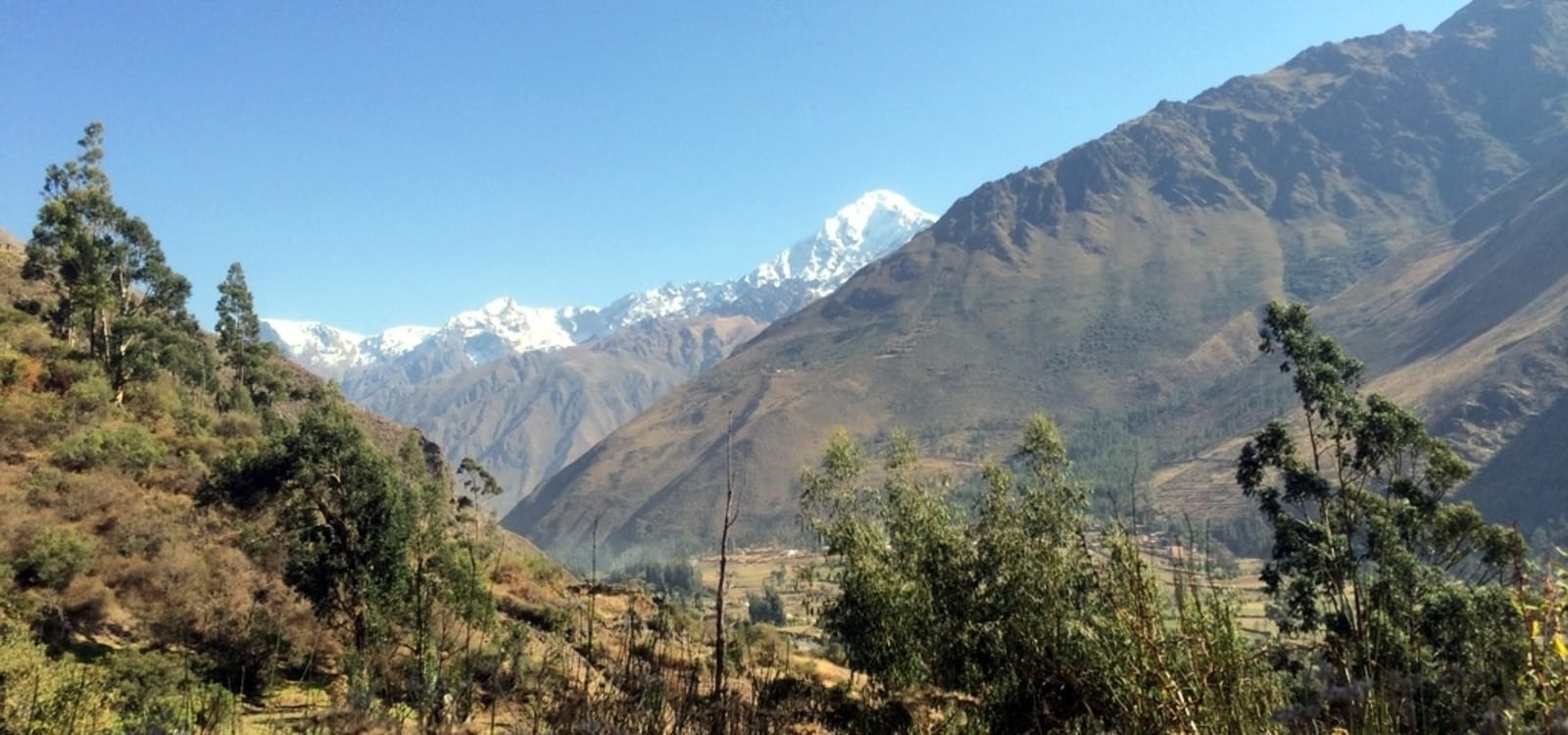
Every step of the way, Sacred Valley Salt likely has the lowest environmental impact of any salt you can buy.
Extraction
Just below the village of Maras, at around 10,000 ft. elevation, a brine spring emerges from the mountainside. Since pre-Inca times, the inhabitants of the Sacred Valley have diverted this saturated salt water into hand-hewn evaporation ponds. Once a pond is full of brine, the water is diverted into other pools. The water gradually evaporates under the intense sunlight, leaving behind crystalized salt. There is no heavy equipment involved. Even hand-shoveling is rare except for maintenance, since the ponds being used have been around for 1,000 years.
There are no pumps - all the ponds are gravity fed.

Harvesting
The salt pools are administered by a local cooperative. The cooperative grants Sacred Valley families the right to harvest the salt from a particular pond. Any local family can apply for the rights to a salt pond. Larger ponds are granted to larger families. Once the water has completely evaporated from a family's salt pond, the salt crystals are scraped into a central mound and then hand loaded into sacks.
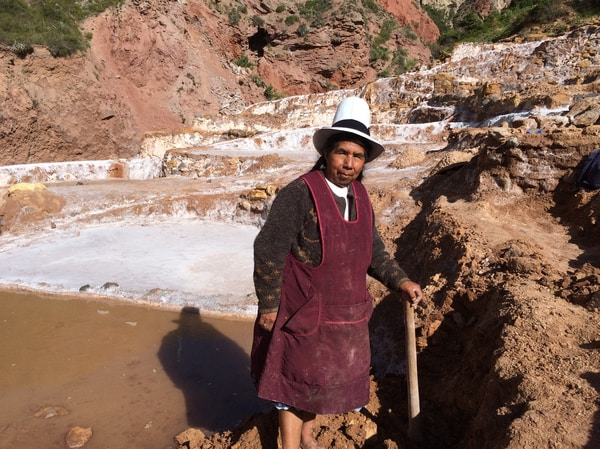
Cleaning
The cooperative has a cleaning facility at the site of the salt pools. It employs local people to clean the salt crystals.
Impurities and contaminants are removed and large crystals are broken down into a normalized range or grain sizes. All of these processes are done by hand.
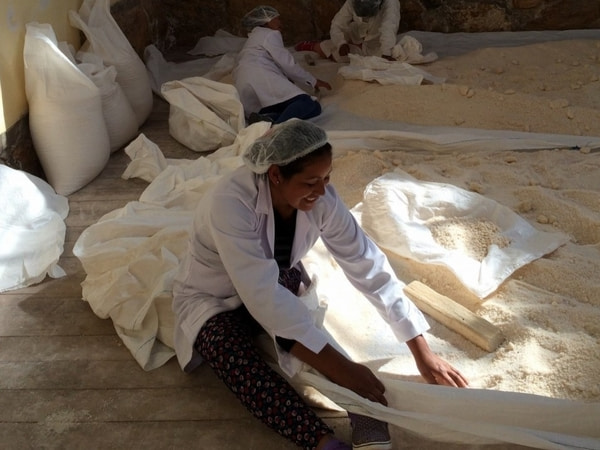
Transportation
In reality, most of the salt sacks are transported by truck.
Nevertheless, it's by no means uncommon to see more traditional transportations methods being used, like this little guy.
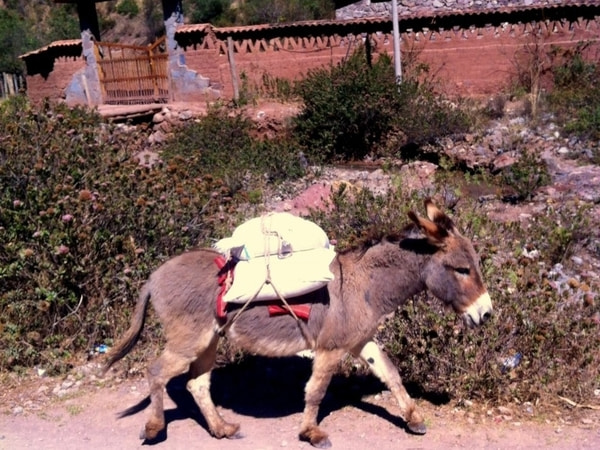
Packaging
Sacred Valley Salt Co. partners with local, independent small businesses to make the packaging. All the raw materials are sourced from local vendors.
Preference is given to businesses owned by women, as well as to those that hire people with disabilities.
